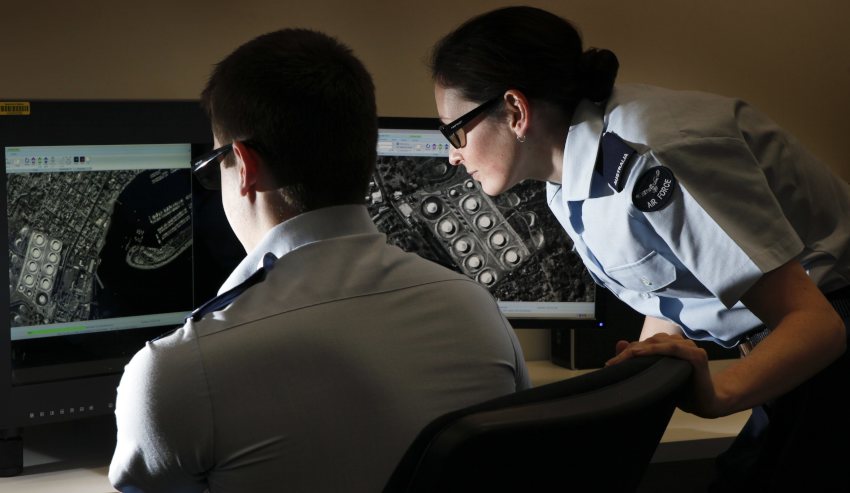A new research and development program in spaceborne sensor technologies will be delivered through the Defence Materials Technology Centre (DMTC) and a number of Australian organisations.
To continue reading the rest of this article, please log in.
Create free account to get unlimited news articles and more!
DMTC, with $2.7 million in seed funding from the CSIRO, has established a High Altitude Sensor Systems (HASS) Program, which will enhance Australian defence capability and build industrial capacity in sensor and on-board data processing technology for unmanned aerial systems and small-satellite platforms.
A number of organisations across Australia, comprising innovative commercial enterprises and leading universities and research agencies, will come together under the DMTC program.
Following a broad call for expressions of interest to the Australian space community in December 2016, 36 submissions involving 30 prospective industry partners and 28 research institutions were received and then shortlisted, with detailed submissions requested from the shortlisted candidates. Four projects have been approved and are expected to commence before the end of the calendar year (see list below).
The projects will leverage the initial CSIRO investment to a program of activity worth in excess of $6.1 million. DMTC is actively seeking opportunities to expand the program in future years.
Speaking at the International Astronautical Conference in Adelaide, Minister for Defence Industry Christopher Pyne said the DMTC was an important partner in the work of the Defence Innovation Hub launched in 2016, which will invest around $640 million over the decade in defence innovation development.
"The DMTC’s co-investment model makes every dollar invested by the government go further," Minister Pyne said.
"The involvement of the Defence customer ensures the relevance of the research work that is being undertaken, and the contributions from each industry and research partner reflects their shared commitment to delivering real and beneficial outcomes."
CEO of DMTC Mark Hodge told Defence Connect the organisation is certain the program will provide a valuable input to the Australian Defence Force's capabilities, as well as the space industry sector.
"Space is obviously an emerging area of interest, both commercially and also in defence-related capabilities," he said.
"We’re confident that our program involving miniaturisation and ruggedisation of sensors and high altitude multi-spectral sensor technologies can make an important contribution to enhancing ADF capability. We’re excited to work not only with existing partners like CSIRO and Defence Science and Technology (DST) Group, but also with some new, smart industry and research partners.
"Consistent with our program model, we’ve worked hard at both the strategic and technical levels to ensure that DMTC’s work will target the government’s investment towards areas of future capability interest for the Defence customer. We will continue our efforts to attract further partners and investment to grow the program in future phases.
"Along with our Defence customer and our program partners, and as the minister himself has said, we’re keenly awaiting the advances in technology and capability that are proposed across the projects in round one."
Projects selected for High Altitude Sensor Systems – Phase One
|
Partner Organisations |
Description of Project |
|
HyVista Pty Ltd, University of Technology Sydney, Defence Science & Technology (DST) Group |
Hyperspectral: Compact, spatially agile spectral sensor |
|
SkyKraft Pty Ltd, CSIRO, Australian National University, University of NSW |
Hyperspectral: Cubesat hyperspectral sensor for maritime / ocean monitoring |
|
A.W. Bell Pty Ltd, La Trobe University, CSIRO, University of NSW |
Materials and manufacturing: Advanced manufacturing of Cubesat sensor components |
|
Seaskip Pty Ltd, University of NSW |
High frequency sensors: Cubesat imaging radar |

 Login
Login







